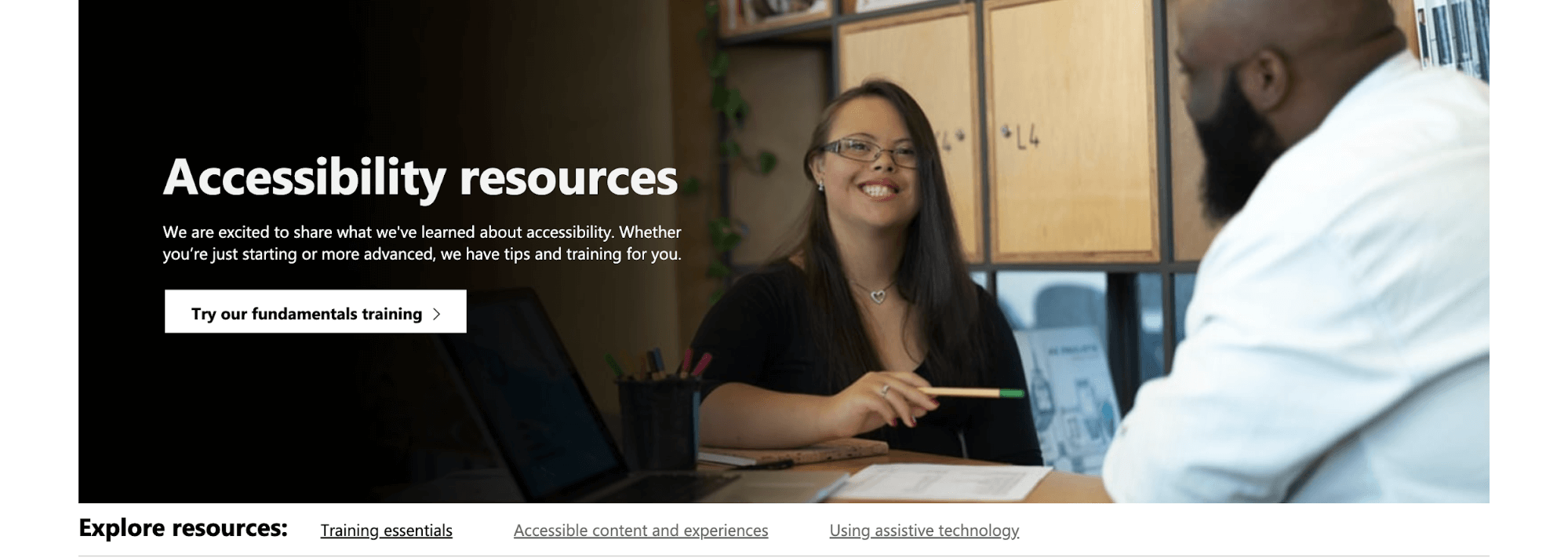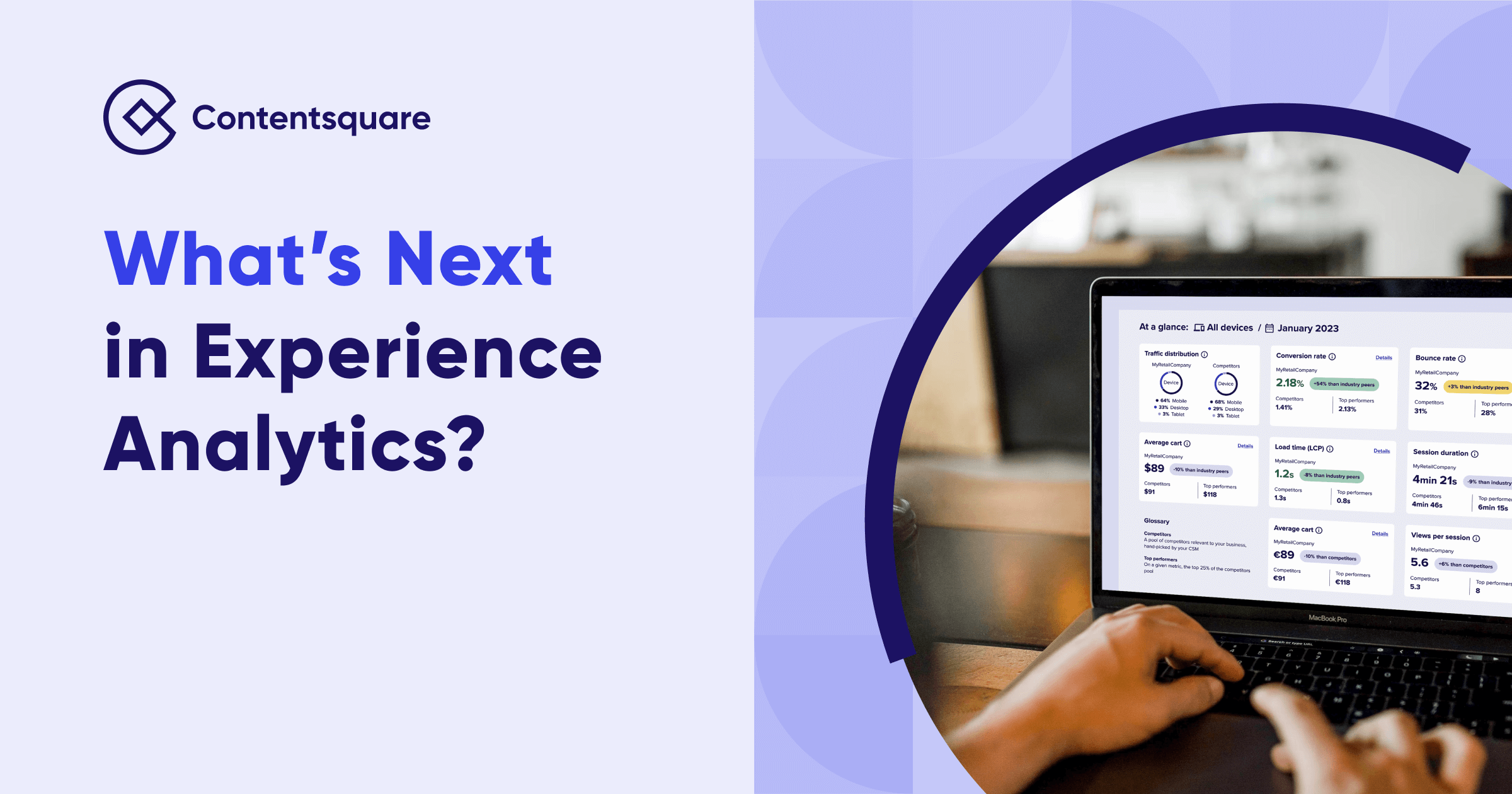10 expert tips on implementing digital accessibility in your company

In Australia, 20% of people have a disability that limits their ability to access online content. In addition, as people age, the rate of disability increases. . Disability rates rise from 20% to 1 in 3 by age 55 to 50% by age 67.
With nearly a quarter of the population over 60 (22.5%), designing for digital accessibility is essential in Australia. The Centre for Inclusive Design estimates brands could be sitting on a $4 billion opportunity if they made their digital experiences accessible.
Doubling down on digital accessibility? We’ve got 10 tips from our digital accessibility experts at CX Circle: The DX Gala to bring back to your brand.
1. Think people first
A people-first approach to inclusive design means considering the full range of human diversity in ability, language, culture, gender, age, and other differences rather than only designing for the people you think are the majority.
When designing for digital accessibility, you’re looking at flexibility, ensuring your content and digital experience are made available to people regardless of their sensory, cognitive, or physical capabilities.
Thinking this way helps build empathy, meaning you’re more likely to develop a more personalized experience for the 4.4 million living with a disability in Australia in 2022 alone. Your digital product will also be more accessible to people with a temporary disability from an accident or illness and those with situational limitations, like a parent nursing a newborn and attempting to do household chores with one hand.
2. Design inclusively from the start
Digital teams find digital accessibility overwhelming because it’s only thought about moments before going live with a product.
Turn it the other way around instead.
By incorporating inclusive design principles into your initial customer research and ideation processes, you empower your product to serve as many people as possible while reducing the risk of expensive mistakes.
Start here: Consider any situational challenges affecting your audience’s use of your product. For example, video subtitles primarily created for people who are deaf also allow people in noisy environments to consume your content.
3. Be aware of who you’re designing for and who you’re not
Everyone is different, and you can’t cater to everyone’s needs through digital channels alone.
Recognize where your potential buyers are and the people you’re trying to reach. Out of that potential audience, who aren’t you reaching now? Focus on that gap first.
Once you know who you aren’t reaching yet, consider their functional needs. If you can’t meet someone’s needs on your digital channels, let them know and provide an alternative where possible.
A question worth thinking about: What would make our digital experience work for them if someone can’t see, touch, smell, hear, or face any cognitive impairment?
4. Go beyond following accessibility guidelines
Accessibility standards like the Web Content Accessibility Guidelines (WCAG) serve as guidelines for creating accessible digital content.
However, it’s not enough to tick off every WCAG item and call it a day. Meeting accessibility standards has to be in the context of your visitor’s experience to be effective.
Dr. Manisha Amin from the Centre for Inclusive Design and the W3C Australia office likens WCAG standards to following grammar rules while writing a story.
“Make sure your grammar’s right, but you also need a cracking good story to go with it.”
Instead of only focusing on meeting accessibility guidelines, speak to the people who may not be accessing your services. Get feedback on any limitations or barriers they may experience from using your products, then apply accessibility guidelines as part of your design, ideation, and optimization efforts.
How the Australian Broadcasting Corporation (ABC) put this into practice: Ahead of the extension of audio description (AD) from broadcast TV to ABC iview, the ABC consulted the Centre for Inclusive Design to research actual user experiences.
Though technically accessible, they learned the ‘Audio Described (AD)’ label placement was buried a little far into show descriptions affecting AD show discoverability. This and other findings from user experience testing have helped the ABC improve the design before release and enhance audience satisfaction after release.

Caption: Program description with audio-described features from the ABC broadcast TV guide.
5. Don’t stop optimizing your digital experiences after launch.
After the design and ideation processes, continue consulting edge users – a minority of users whose needs are less likely to be met, and community groups.
Once you’ve launched a product, gather a minimum viable cohort (MVC) of your target users to assess your product user experience. Tap on edge user research resources like the Centre for Inclusive Design to identify usability issues or to better understand how using the product is for them.
6. Customer research goldmine: intersectionality
Everyone’s experiences of disability are unique, and it’s essential to reflect diverse experiences in your user research process.
Go beyond static digital personas. The more you consider intersections of ethnic culture, literary, or disability in your research processes, the more valuable your customer insights will be to drive your product’s evolution.
View Telstra’s Cards for Humanity to gain an understanding of early inclusive design principles.
7. Embrace inclusivity in the workplace
It takes a village to make an inclusive experience.
But for inclusivity to thrive, it needs to be a crucial part of company culture, involving as many elements of your business as possible.
Here’s what inclusive culture looks like at Microsoft:
- A working environment encouraging diverse perspectives from leadership representation to hiring practices.
- Supporting talent with disabilities and seeking their insights to inform product, website and building development.
- Hired Jenny Lay-Flurrie as Chief Accessibility Officer in 2016. She holds every department accountable for being accessible to people with disabilities.
Takeaway? Start by getting your leadership team on board. Businesses that commit to accessibility are more widely seen as progressive and innovative.
8. Make accessibility a part of internal training.
Microsoft then invested in extensive training and resources covering:
- Challenging unconscious biases
- Assistive technology
- Understanding the disability landscape
- The importance of accessible solutions
The training helped employees understand the importance of accessibility and how each employee can promote accessibility in their role.
For companies looking to kick-start their digital accessibility journey, Microsoft has made their accessibility resources freely available to the public to reference.

Accessibility resources from Microsoft.
9. Accessibility is a team sport
Digital accessibility isn’t only up to your development team.
Everyone in the product design, marketing, and customer-facing teams has a part to play. At Microsoft, the digital team constantly asks themselves, “how can each role help to make the digital experience more accessible?”
For example, adding image descriptions and alt-text to digital content should fall to the person who wrote the content piece rather than the development team.
Your next step: Drive awareness of digital accessibility through training and how each role plays a part in creating accessible experiences , especially customer-facing roles.
10. Don’t lose heart if you stumble
Recognize that there will be situations where you’ll get it wrong.
Instead, think in smaller, incremental steps. Focus on nudging the system by 5% rather than trying to change the world. Having that long-term perspective keeps you grounded and prevents burnout.
Missed it? Don’t sweat it.
If you couldn’t attend CX Circle Sydney, don’t worry because we’ve got you covered. Watch the sessions at the digital accessibility panel here.
Prefer reading about digital accessibility? Download our free Digital Accessibility Handbook today to help you get started.
Keep Reading...



